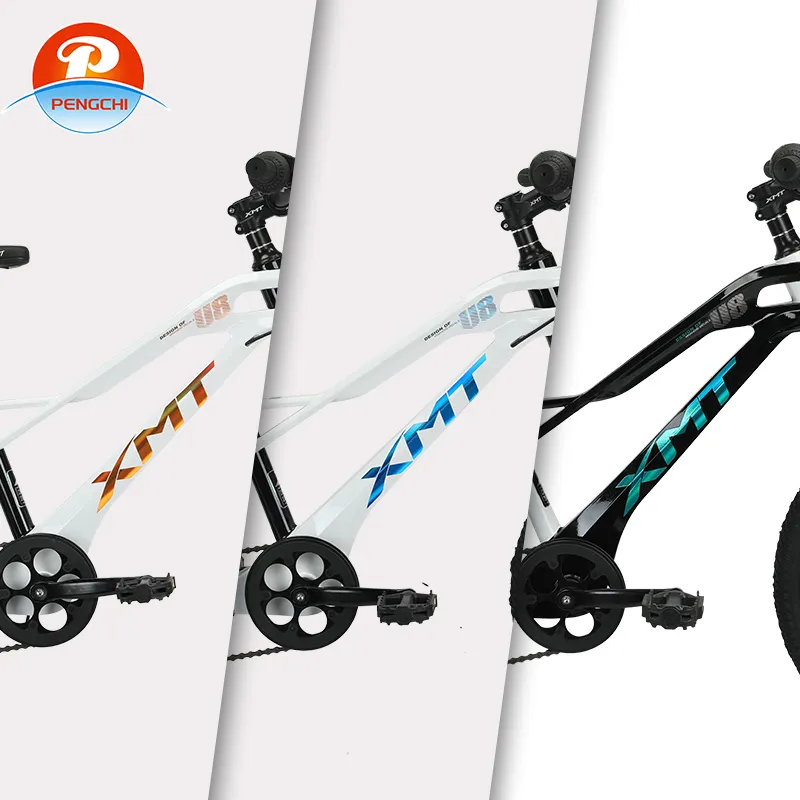
-
 Afrikaans
Afrikaans -
 Arabic
Arabic -
 Belarusian
Belarusian -
 Bengali
Bengali -
 Bulgarian
Bulgarian -
 Croatian
Croatian -
 Czech
Czech -
 Danish
Danish -
 Dutch
Dutch -
 English
English -
 Finnish
Finnish -
 French
French -
 German
German -
 Greek
Greek -
 hawaiian
hawaiian -
 Hebrew
Hebrew -
 Hindi
Hindi -
 Hungarian
Hungarian -
 Indonesian
Indonesian -
 irish
irish -
 Italian
Italian -
 Japanese
Japanese -
 Javanese
Javanese -
 kazakh
kazakh -
 Khmer
Khmer -
 Korean
Korean -
 Kyrgyz
Kyrgyz -
 Lao
Lao -
 Latin
Latin -
 Luxembourgish
Luxembourgish -
 Malay
Malay -
 Myanmar
Myanmar -
 Norwegian
Norwegian -
 Persian
Persian -
 Polish
Polish -
 Portuguese
Portuguese -
 Romanian
Romanian -
 Russian
Russian -
 Serbian
Serbian -
 Slovak
Slovak -
 Somali
Somali -
 Spanish
Spanish -
 Swedish
Swedish -
 Tagalog
Tagalog -
 Thai
Thai -
 Turkish
Turkish -
 Turkmen
Turkmen -
 Ukrainian
Ukrainian -
 Uighur
Uighur -
 Vietnamese
Vietnamese
okt . 01, 2024 13:30 Back to list
Choosing the Right Size for Your Road Bike Tires
Understanding Road Bike Tire Sizes A Comprehensive Guide
When it comes to road cycling, the choice of tire size can significantly influence your performance, comfort, and overall cycling experience. Given the various types of roads and riding conditions, understanding road bike tire sizes is essential for any cyclist, whether you're a beginner or a seasoned pro.
The Basics of Road Bike Tire Sizes
Road bike tires are measured in two key dimensions width and diameter. Common road bike wheel diameters include 700c, which has become the standard measurement in the industry. However, the width of the tire can vary significantly, typically ranging from 23mm to 32mm, depending on the type of riding you intend to do.
Traditionally, narrower tires (23mm to 25mm) have been favored for their speed and aerodynamics. They create less rolling resistance and provide a smoother ride on well-paved surfaces. However, wider tires (28mm to 32mm) have gained popularity for their increased comfort, improved grip, and better performance on rough or uneven terrain. The choice between wide and narrow tires often boils down to the type of cycling—whether it's racing, commuting, or leisure riding.
Tire Pressure Considerations
An important aspect of tire size is the pressure at which your tires are inflated. Generally, wider tires can be run at lower pressures while still maintaining optimal performance. This not only adds comfort by absorbing more road vibrations but also enhances traction, especially on uneven surfaces. For instance, a 25mm tire might be optimally inflated to around 100-110 PSI, while a 32mm tire may perform well at 70-90 PSI. Always consult your tire manufacturer's guidelines to ensure the best performance and safety.
road bike tire size

Compatibility with Frames and Forks
When choosing road bike tires, one must also consider compatibility with the bike's frame and forks. This is especially important if you're switching from narrower to wider tires. Each bike is designed with specific clearance, and fitting wider tires without adequate space can lead to rubbing against the frame or brake components. Before making a purchase, it's wise to check your bike's specifications or consult with your local bike shop to avoid any compatibility issues.
Choosing the Right Tire for Your Needs
Choosing the right tire size can depend on several factors including riding style, body weight, and the type of terrain you plan to ride on. For racers and speed enthusiasts, a narrower tire will likely be preferred for its aerodynamic benefits. However, for those who prioritize comfort, long-distance rides, or uneven terrains, a wider tire is more advantageous.
Additionally, factors such as tire tread pattern and material also play a crucial role. Slick tires are best for dry, smooth roads, while those with a bit of tread can provide added grip in wet conditions or on mixed terrains.
Conclusion
In summary, understanding road bike tire sizes is essential for optimizing your cycling experience. By considering the width, diameter, tire pressure, and compatibility with your bike, you can make an informed decision that enhances speed, comfort, and safety. Whether you're racing, commuting, or enjoying a leisurely ride, the right tire can make all the difference. As you embark on your cycling journey, don’t underestimate the power of a good tire—after all, they connect you to the road and can ultimately define your ride!
-
Red Black BMX Bike with GPT-4-Turbo AI Tech
NewsJul.31,2025
-
New Red Anti-theft E-Bike | Easy Ride City Commuter
NewsJul.31,2025
-
BMX 20 Inch Bikes for Freestyle & Street | Fat Tire Options Available
NewsJul.30,2025
-
322 High Quality 26 Inch 21 Speed Adult Mountain Bike OEM MTB
NewsJul.29,2025
-
Specialized Kids Mountain Bikes - Safe, Durable & Fun Riding Experience
NewsJul.29,2025
-
Little Kids Mountain Bike - Lightweight Bikes for Young Riders
NewsJul.29,2025

